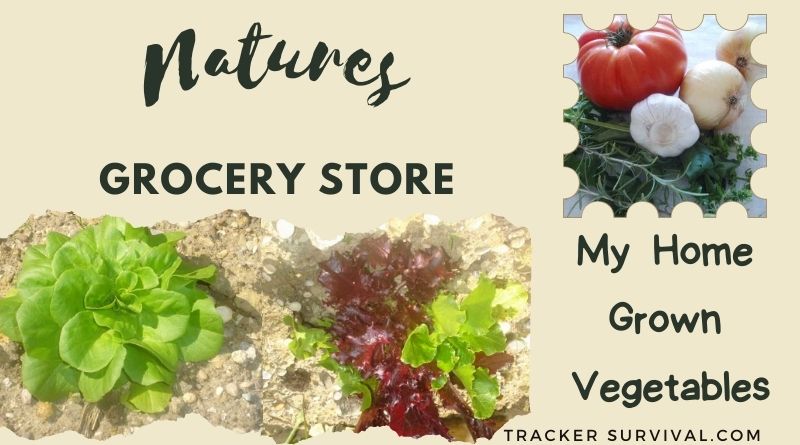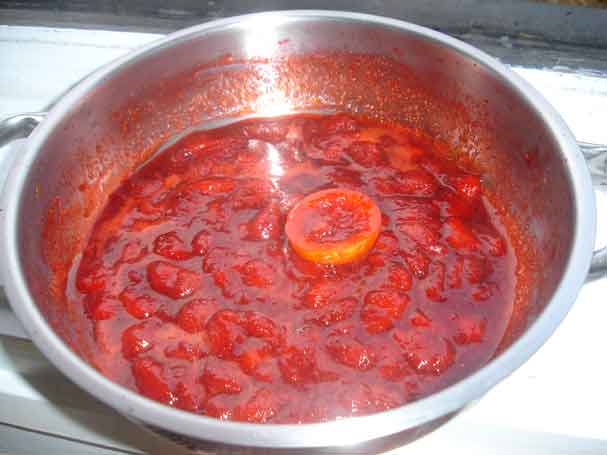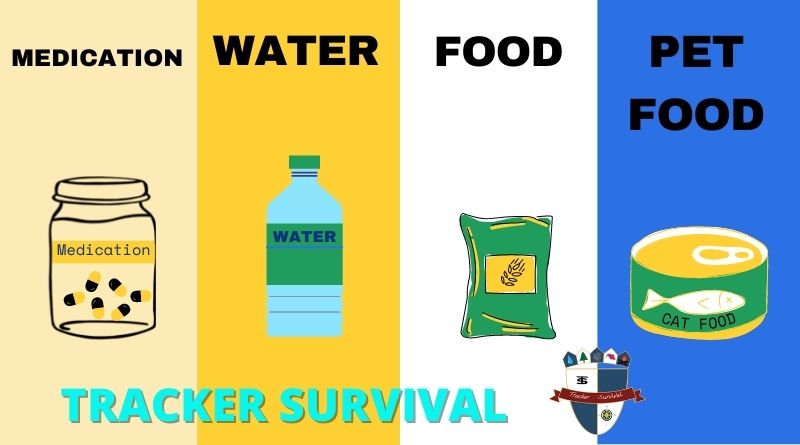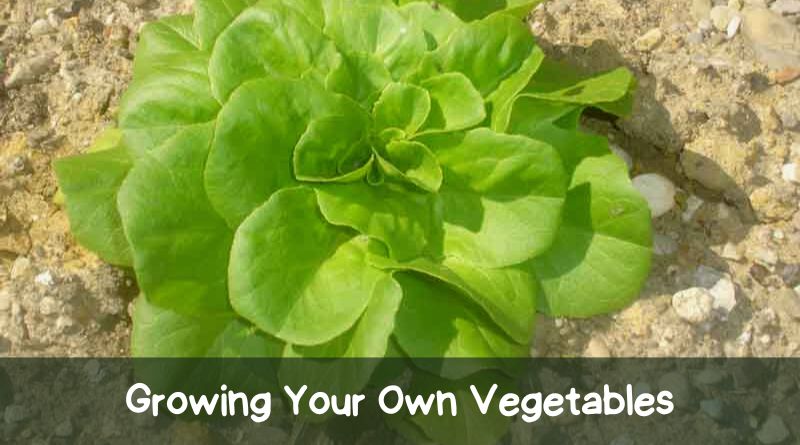Food Stores For Emergencies
How To Start Stocking Up On Food
In the uncertain times we live in. Not having a stock of food for emergencies would be foolish. Start preparing by learning how to properly stock up on food. Having food Stores for emergencies is the perfect starting point to prepping.
3 Weeks Without Food
The generally accepted average length of time a person can live without food is 3 weeks. That is without factoring in any variables.
A person’s body mass, general health, and age are just a few variables that need to be factored in. Not everyone in a survival situation is going to be in their prime, fit, and healthy. So take this estimate with a pound of salt and plan appropriately
Weeks Without Food Consequences
But let us assume for a minute that the survivalist is in prime condition. There is a big difference between surviving without food and being productive while starving. After a relatively short period of time, a starving person starts to feel weaker. After a week without food, being active is a strain. Every day after that gets incrementally harder.
In a survival situation, there will be a lot to do. The survivalist needs to be mobile and productive. Even if it is something simple such as chopping wood for a fire, reinforcing a shelter, or maybe even walking to a destination. Don’t imagine for a minute that surviving without food for 3 weeks, means that you will be able to function as you normally do. Chances are that even walking or standing will be beyond your abilities at that stage.
Food Sources Stores For Emergencies From Mother Nature
If the food distribution system is ever affected, how long can you put food on the table? Having a plan to maintain a proper diet through these hard times is essential. Prepare by stocking up on food. But also think long term, what can be done to have a sustainable source of food? Does the surrounding area have foraging, hunting, or fishing potential? If not, is it possible to plant a garden of fresh vegetables? Even a small patch will help quite a bit to supplement stored foods.

Average Calories Needed Per Day
2500 calories for males and 2000 calories for females is the average caloric intake needed. Although lifestyle, age, medication, and certain illnesses are just a few of the things that can affect this average.
Lifestyle, very active people require more calories.
Age, children, and teens generally burn more calories as they are usually more active.
Medication, some medications mess with required caloric intake.
Hormones, do affect a person’s caloric intake.
As does pregnancy, environment, and a slew of other factors.
To estimate personal caloric requirements, keep a diet journal, list down 2 to 3 weeks of all foods personally consumed, and do the same for the whole family. Use the diet journal to count daily calories consumed.
Store What You Eat, Eat What You Store
Store what you eat and eat what you store, this is a common phrase used in the prepping community. A couple of reasons this is recommended is that it is easier to rotate stores if they are a part of your regular diet. And a balanced and diverse diet is healthier than consuming the same thing every day. Prepare your food stores for emergencies with that in mind. While you may survive on 200kg of flour, after a while it will be danged boring.
Variety Is The Spice Of Life
Variety in a preppers store is not only healthier for the body, but also the mind. Being in a survival situation is going to be stressful. A hot meal brings comfort and improves morale.
(I know a prepper who read that beans were the perfect prepping food, so she bought a hundred kilos of beans and stored them in airtight buckets. She attempted a dry run with the family. After a while she hated the sight, smell, and taste of beans.)

What Foods To Store
There are a ton of prepper books on food stores for emergencies. If you have one of those books, take it with a pinch of salt. Those books are great resources for listing down the shelf life of foods. But preppers should not store foods based on what is written in the books, but rather on what they are used to eating. Depending on your geographical location. Certain foods are cheaper and more readily available, also depending on your diet. People are more acclimated to certain foods.
Asians’ rice, Europeans’ pasta, and wheat, Balkans’ beans.
This is of course a generalization, but preppers should stock what they are used to. A variety of all of the above would be great.
How Much Food To Store
At the barest minimum, a household should have enough food for a month. There is no rule of thumb on how much food to store. More is better, as much as funds and space allow. Slowly increase stock, some preppers have years worth of food stored away. There is never too much food. Remember that in a SHTF situation, food stores can also be used to barter for essential items or services. Such as medical supplies, dental services, etc.
Bartering Food For Items or Services
One never knows what will happen in SHTF situation. Chances are that the economic system will collapse, and the barter system may be the only way to acquire items or services that you may need. Eg: if you are in need of dental or medical care, you may be able to barter the services for food.
FIFO (First IN, First Out)
FIFO should be the Preppers’ rule of rotating stock, keep careful track of stock. Always rotate the oldest stock out first and store the latest stock to be consumed last.
Methods Of Food Preservation And Storage
How food is preserved and how to store it is essential knowledge that all preppers should know. Or at the very least have some basic knowledge of it..
Refrigerating And Freezing Foods
Freezers and refrigerators are one of the greatest inventions of convenience in our time when it comes to food. A convenience we take for granted. Storing food in a freezer is a great food preservation method, but requires power. Do not only rely on this method of preservation. It has too great a chance of failure.
Canned Food
Canned foods are great. For sheer variety, canned food cannot be beaten. Modern canning methods have made it so that it is possible to purchase everything from canned meats to soups, powdered milk, fruits, vegetables, and well.. The list goes on and on.
Just be aware that different canned foods have a wildly varying shelf life. Some canned foods expire after 1 year, others after 5. When stocking up on canned food, remember FIFO and keep a tight control of shelf life dates.
If a can bulges, is rusty on the inside, or has a hole in it. Chuck it. The food inside it is spoiled.
Home Canning
With the right equipment, home canning is a breeze. Novice home canners can learn how to safely can food at home by reading the resources supplied by the USDA HERE or The NCHFP HERE
These two sites have enough information to get started.

Dried Food
Dried foods have been around for… ages. Possibly one of the oldest forms of food preservation. That has been practiced worldwide. It is a simple method of preserving a wide variety of food. Everything from herbs to meat. Once dried the food just needs to be packed in airtight containers and stored in a cool dark place.
Food drying methods include Sun drying, home dryers, or dehydrators.
Dehydrated Foods
Dehydrated foods have been around for ages and records show that as far back as 12,000 BC, Asia and the Middle East have been dehydrating foods as a method of food preservation (source). Dehydrating herbs, vegetables and meat is not that difficult. All that’s required is a sunny and airy location and a little bit of knowledge.
Benefits Of Dehydrating Food
Not only does dehydrating dramatically extend foods’ shelf life, but it also stores a heck of a lot smaller. 10 kilos of fresh apples will be slightly less than 2 kilos of dehydrated apples. And that saves a lot of storage space. Add the fact that dehydrated foods still have most of their nutrients in them, which makes this one of the best ways to preserve food. Simple to do without buying expensive equipment.
Freeze Dried Foods
Freeze Dried food has one of the longest shelf lives, easily hitting the 25-year mark, and the nutritional content is almost the same as dehydrated foods. Packs are even smaller, and if it wasn’t for the exorbitant price. This would be the number one prepper’s food recommended.
Salted Foods
Salting has been used to preserve meats for ages. Salting is a good way to preserve meats or fish without refrigeration. Salted meat has a shelf life of 1 to 3 years and was popular before the refrigerator become a common household appliance. Less popular now in Western Society. Salted fish is still a common method of preservation in some parts of the world.
Smoking Meat
Many attics in Europe were used to smoke meats for long winter months. With the smoker actually being built into the chimney. My family home in the Balkans had a built-in smoker attached to our chimney and it was a fantastic way to smoke meats and homemade sausages. Something my grandfather used to do every year. Properly smoked meat can last up to 6 months or longer.
MREs
MRE (Meals Ready-to-Eat) or as many ex-servicemen used to call them, “Meals Rejected by Everyone”. I remember trying one of these for the first time. TBH, it resembled dog food. The texture was terrible and the taste was… special.
Developed for the military “to test a soldier’s ability to endure hardship” (joke about the hardship part). These meals are ready to eat out of the packet. Although warming them up is highly recommended. The modern MREs even have FRH (Flameless Ration Heater) packets that will assist with heating the MREs.
Averaging 1,200 calories per MRE pack and weighing at about half a kilo. MRE typically contains an entrée, side dish, dessert, and various condiments.
With so many better alternatives out there. Least recommended food for prepping. While MREs are very convenient with a long shelf life and it is said that the taste has improved. For a cheaper price, better nutrition content, and a more palatable meal. Look at salted, dried, canned, or dried goods.

Natures Grocery Store
Once the supply chains are disrupted. Then it’s time to start supplementing stored foods with what nature provides. While having a stocked amount of food prepped and ready for when the SHTF is great. Being able to supplement it is better. Relatively recently in the past. People hunted, fished, farmed, and foraged for their food.
Foraging
The art of knowing what plants are edible. A surprising number of plants are edible and were consumed in the past. Get a good book on foraging for your area and Start foraging today. Or even better, take a local foraging class. But NEVER consume any plant you are unsure of.
Fishing
Fishing is possibly one of the simplest ways to get protein from mother nature. Even if you have never fished in your life. It is an easy skill to pick up. There is a wealth of resources out there about how to fish, the best fishing gear, and where to fish. Just go to your local bait and tackle shop and ask them for advice, most are happy to help their customers. Check if your area requires a fishing license.
Hunting
Possibly one of the hardest skills to learn on this list. Hunting requires knowledge of the animal’s behaviour. How to track, what times of the day the animal is active, where and what they eat. Also, many places have hunting laws that need to be adhered to.
Trapping
In a survival situation, trapping is a good way to put dinner on the table, just keep it in mind. It is strictly regulated in many parts of the world. It also requires knowledge of animal behaviour, where and how to set up the traps.
Livestock
If able, rearing life stock is the best way to have fresh meat. But this method requires having the space and ability to rear life stock. For example, just rearing chickens means fresh meat and eggs.
Growing Your Own Vegetables
Even a relatively small garden can produce a decent amount of fresh produce to the table. If done right that is. There are great books out there on how to turn a garden into vegetable production. This is a good book for beginners Click HERE

Do NOT Empty Natures Resources
Keep in mind, that nature’s bounty is finite. To prevent over-foraging, hunting, trapping, and fishing the area. Do not over-forage plants, if you forage, take some and leave an equal amount behind.
Do Not hunt or trap all the local game.
Respect the area and give mother nature a chance to replenish. Culling a herd is fine, decimating the whole herd is a short-term solution.
Humans tend to behave like locusts, wiping out everything (remember the bison)
If the situation ever necessitates living off the land, do so in a sustainable way. Do NOT uproot plants unless the plan is to eat the roots. Try to only harvest 1/3 or less of any patch. Practice ethical foraging and hunting. Always keep in mind that nature can provide, but also needs time to replenish for the next season
Cooking When The Grid Is Down
Prepping food stores is step one, just don’t neglect that food some foods need to be cooked. Having a cooking method that does not rely on the grid is essential. Make-shift cooking methods are good and all. But having some cooking gear prepared is great.
BBQ Stove can be used as a simple woodfire stove. Just put pots and pans on the grill and voila, woodfire stove.
Campfires
Used for longer than recorded history to cook over. If our ancestors did it, so can everyone else.
HoboStoves
Uses less fuel than a campfire, as it funnels the flames over a small area. More economical than a campfire.
Portable Camping Stoves
Works great over the short term, but requires small camping gas tanks. Only a finite amount is practical for storage.
Solar Ovens
As long as the Sun is shining this tool works great for cooking, but it does take a little bit of practice.
Portable propane tanks
Same as portable camping stoves just a larger version, works great with bigger pots and pans but suffers the same drawbacks. Gas canisters are required.
Generators
Generators can be used to power induction cookers for cooking, but they require large amounts of fuel to keep them powered up. Use sparingly. Save the generators for emergencies.
Dutch Ovens
Used for centuries, “well around the 17th century”a great way to cook over a campfire. Dutch ovens are basically cast iron pots with lids that can be thrown over a fire and used as an oven.
Best Prepping Food Brands
With such a large number of companies selling food for preppers, one is spoilt for choice. But some brands are more reputable and better than others. Here is a list of the top
Top 6 Survival Food Brands
Mountain House
WiseFood
Augason Farms
NuManna
Legacy Food
Valley Food Storage
Food Storage Tip:
Not all the food in your emergency stock needs to have a 25 year long shelf life. I also have shorter shelf life foods that I rotate on a regular basis.
Related Posts: Click on Link (What To Do When The Water Runs Out)